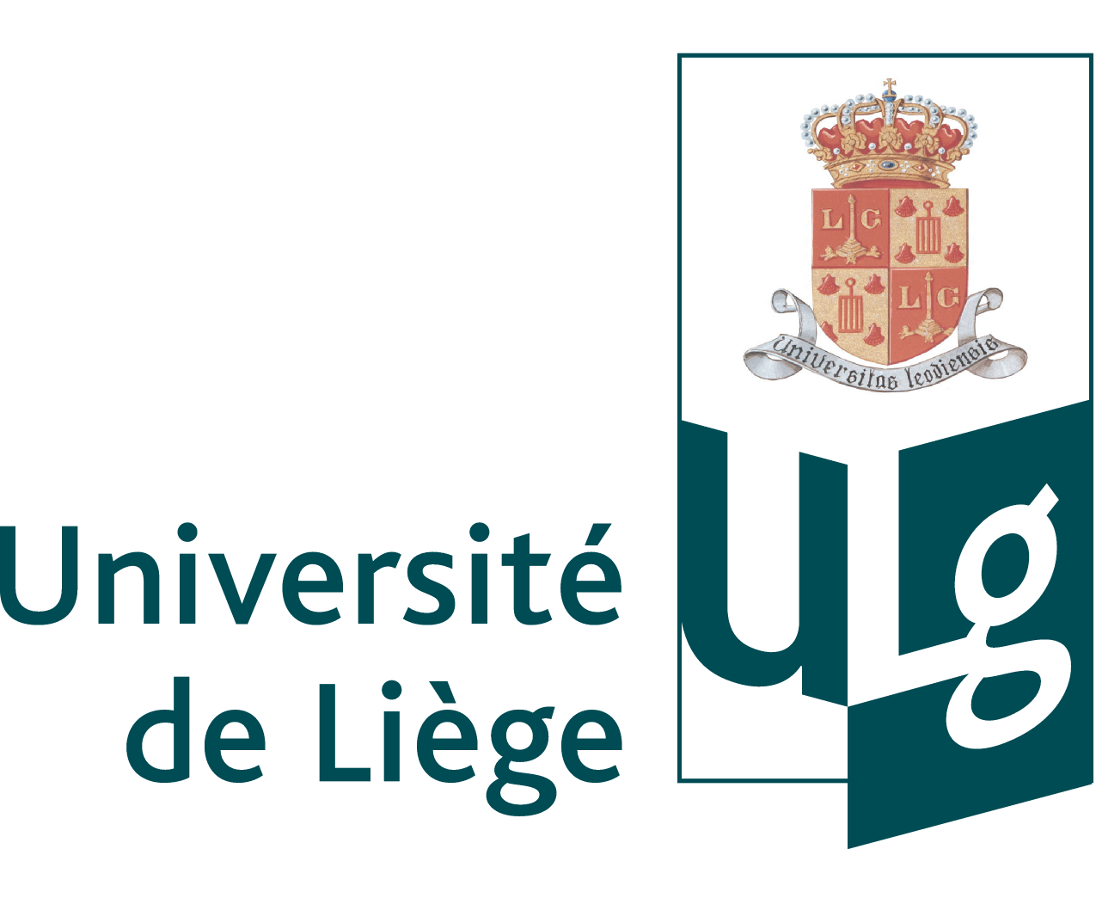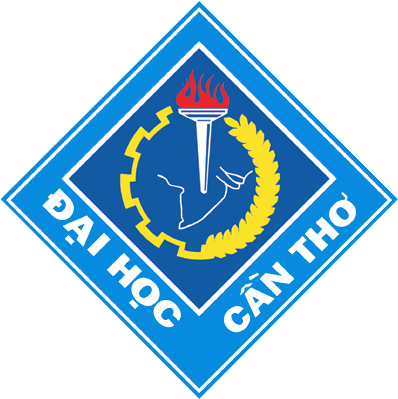Result 1: Plant extracts having immunostimulating, antioxidant and/or antimicrobial effects on living fish are identified
Activity R1-A1: Activity R1-A1: Bibliography review of bio-active compounds from plants
PR: CTU-CNS
PI: UCL-LDRI
Timing: Month 1-6
Description: This on-desk activity intends to compile the most relevant literature dealing with the presence of bio-active compounds existing in plants from wild and cultivated origins. Different types of database will be used, including computer-assisted searching tools of scientific literature (scopus, google scholar, etc.), specialized books and reports. The bibliographic search will not only focus on fish, but will include existing data on nutrition and health of livestock and human. It is expected to get a list of plants with their scientific and common names, chemical composition and when available seasonal variation, presence of identified compounds with proved or putative effects on immune system, oxidative stress or bacterial proliferation.
Activity R1-A2: Identification and collection of wild or cultivated plants potentially containing bio-active compounds in Vietnam
PR: CTU-CNS
PI: UCL-LDRI
Timing: Month 4-18
Description:From the list established in R1-A1, about 30-50 plants potentially containing bio-active compounds of interest as “nutraceuticals” and present in Vietnam will be identified and collected in different locations of Vietnam. Attention will be paid on different criteria, such as the plant origin (wild or cultivated), its degree of occurrence and rareness, its seasonal abundance and composition.
Activity R1-A3: Preparation of extracts from selected plants
PR: CTU-CNS
PI: UCL-LDRI
Timing: Month 6-18
Description: A methodology to prepare plant extracts from plants will be defined and modified based on the experience from previous projects and some Vietnamese national projects. To prepare the plant extract, plant samples are extracted with methanol or another solvent according to the type of compound targeted, using either classical or ultrasonic assisted methods. The combined extracts are filtered and evaporated at decreased pressure. The crude extracts will be further fractioned into corresponding hexane, dichloromethane, ethyl actetate and water extracts. The obtained crude extracts will be divided into 3 fractions, i.e. one for bioactivity assays, one for HPLC analysis and one is kept as a library sample for reference purposes.
Activity R1-A4: In vitro evaluation of immune system stimulation using fish PBMC and kidney cells
PR: UNamur-URBE
PI: CTU-CAF, CTU-CNS
Timing: Month 1-36
Description: The efficiency of plant extracts to stimulate the fish immune system will be evaluated through in vitro tests using Peripheral Blood Mononuclear cells (PBMC) isolated from fish blood and culture of fish kidney cells (white blood cells as neutrophils, monocytes and macrophages). Biomarkers of immune stimulation, identified during the Deltaquasafe project, will be measured. In vitro cell culture will allow the rapid screening of many plant extracts under standardized conditions. Fish cells exposed to plant extracts (as well as semi-purified ones) will be tested against negative control (solvent only) and positive control (E. coli Lipopolysaccharides – LPS) identified as an efficient immunostimulant during the deltaquasafe project.
Activity R1-A5: In vivo testing of the efficiency of selected plant extracts
PR: UNamur-URBE
PI: CTU-CAF, CTU-CNS
Timing: Month 24-48
Description:Based on the in vitro screening (R2-A4), the efficiency of some selected plant extracts will be determined through in vivo tests under laboratory conditions and the beneficial effects will be evaluated in terms of fish growth, immune responses, resistance to pathogens (through bacterial challenge tests) and general health,according to the dose and duration of treatment. Influence of different stressful environmental conditionsusually occurring in fish ponds (changes of salinity, temperature, nitrous compounds, H2S, etc.) will be tested. In vivo tests will be conducted on both fish target species. As described in R1-A4, positive control using LPS or Levamisole will be used. Efficiency of selected compounds as immune-therapeutics will be compared with classical antibiotherapy.
Activity R1-A6: Evaluation of antimicrobial activity of plant extracts
PR: ULG-DDA
PI: CTU-CNS, CTU-CAF
Timing: Month 1-24
Description:Plant extracts prepared in R1-A3 will be studied for their antimicrobial activity through in vitro assays. Relevant pathogen and spoilage bacteria specific of the target fish species will be cultured in presence of several concentrations of plant extracts. Spoilage bacteria producing decarboxylase enzymes (resulting in the production of toxic biogenic amines) will be tested. The different plant extracts will be classified according to their efficacy to inhibit pathogen or spoilage bacteria growth. If the content of bioactive compound of selected plants is known from literature (R1-A1), the in vitro antimicrobial activity of pure compounds (corresponding to the bioactive compounds of selected plants) will be assayed as well.
Activity R1-A7 Tests of selected plant extracts in farms
PR: CTU-CAF
PI: UNamur-URBE
Timing: Month 37-60
Description: Selected crude or semi-purified products (based on in vitro and in vivo investigations described in R1-A4, R1-A5, R1-A6 under laboratory conditions) will be tested in fish farmswith two selected species producing either locally consumed snakehead and export striped catfish, under different realistic culture scenarios, in collaboration with Vietnamese fish farmer association. The test farms could be used as demonstration sites for the dissemination of applicable outcomes of the project as well. As done in laboratory conditions (R1-A5), natural bio-active compounds will be compared with treatments based on antibiotics.
Activity R1-A8: synthesis and conclusion
PR: CTU-CAF
PI: CTU-CNS, UNamur-URBE, ULG-DDA, UCL-LDRI
Timing: Month 37-60
Description: The collected data from plant extract and its use in fish (both in vitro and vivo) studies will be gathered and tested at realistic farm scales. Technical and economic aspects of the studies will be analysed in comparison with field surveyed data in order to draw-up conclusions and to recommend practical technologies for the farming of the two selected fish species (snakehead and striped catfish).




